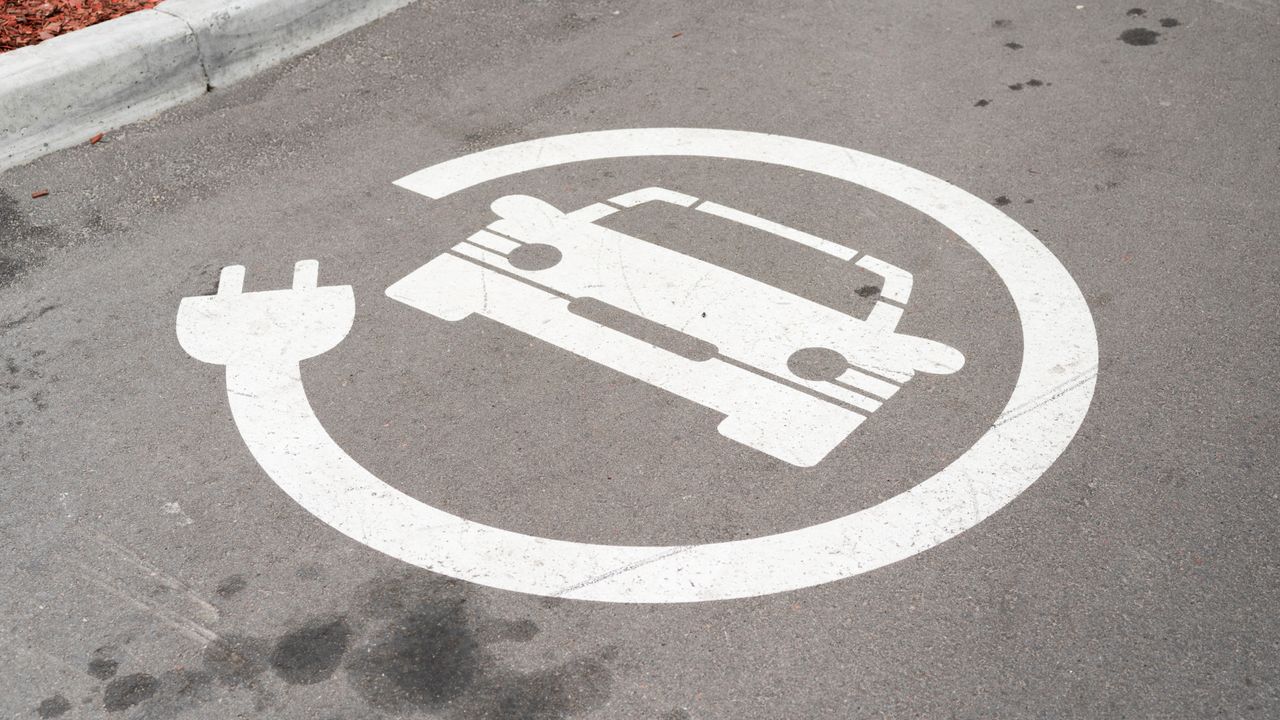Electric Vehicle Charging at Home: Options and Considerations
As the popularity of electric vehicles (EVs) continues to grow, it’s important for EV owners to have convenient and efficient charging options at home. Having a charging station at home not only provides convenience but also ensures that your EV is always ready for your next journey. In this article, we will explore the different options and considerations for electric vehicle charging at home.
1. Charging Stations
When it comes to charging your electric vehicle at home, there are two main types of charging stations to consider: Level 1 and Level 2.
Level 1 Charging Stations
Level 1 charging stations are the most basic and typically come with your electric vehicle. They use a standard 120-volt household outlet, which means you can plug your EV directly into any regular electrical socket. While this option is convenient, it is also the slowest method of charging.
Level 1 charging stations are best suited for EV owners who have shorter daily commutes or who have access to public charging stations for longer trips. The charging time for Level 1 stations can vary depending on the battery size of your EV, but it generally takes around 8-12 hours to fully charge.
Level 2 Charging Stations
Level 2 charging stations offer faster charging times compared to Level 1 stations. These stations require a 240-volt electrical circuit, similar to what is used for large appliances like dryers or ovens. While Level 2 charging stations require professional installation, they provide a more efficient charging experience.
With a Level 2 charging station, you can typically charge your EV in 4-8 hours, depending on the battery size and the charging rate of your vehicle. This option is ideal for EV owners who have longer daily commutes or who frequently take road trips.
2. Charging Time
The charging time for your electric vehicle depends on several factors, including the battery size, the charging station type, and the charging rate of your vehicle. It’s important to consider these factors when deciding on the best charging option for your needs.
If you have a smaller battery size and shorter daily commutes, a Level 1 charging station may be sufficient for your needs. However, if you have a larger battery size or require faster charging times, investing in a Level 2 charging station would be more beneficial.
3. Charging Plug
Another consideration when setting up a charging station at home is the type of charging plug your electric vehicle uses. The most common types of charging plugs are the SAE J1772 and the Combined Charging System (CCS) plug.
The SAE J1772 plug is the standard for Level 1 and Level 2 charging stations. Most electric vehicles in the market today come with this type of plug, making it widely compatible with various charging stations.
The CCS plug, on the other hand, is an extension of the SAE J1772 plug and includes additional pins for DC fast charging. This plug is commonly used by electric vehicles that support fast charging capabilities.
Conclusion
Having the ability to charge your electric vehicle at home is a convenient and essential aspect of EV ownership. By considering the different charging station options, charging times, and the type of charging plug your vehicle uses, you can ensure that your EV is always ready for the road ahead.
Whether you opt for a Level 1 charging station for shorter commutes or invest in a Level 2 charging station for faster charging times, the choice ultimately depends on your individual needs and preferences.
